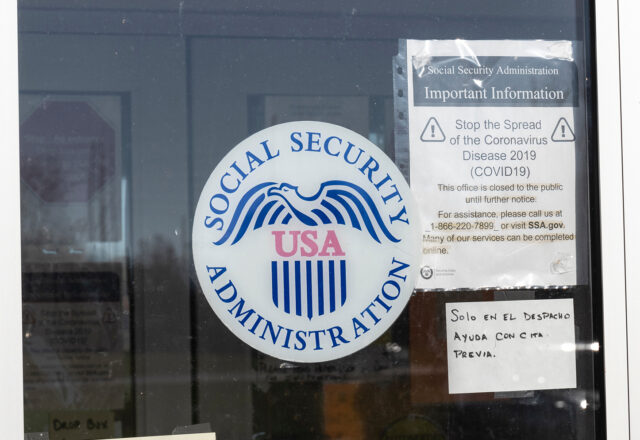
How Has COVID-19 Affected the Labor Force Participation of Older Workers?
Abstract
This paper uses the monthly Current Population Survey to study older workers’ transitions out of employment and into retirement before and during the pandemic. It examines whether the effect of the pandemic was particularly acute for workers with certain demographic characteristics and working conditions, and for those who faced different local public health and economic conditions.
The paper found that:
- Among workers ages 55 and older, the likelihood of leaving work over the course of a year rose by 7.6 percentage points, a 50-percent increase over the pre-pandemic rate.
- Women, those without a college degree, Asian-Americans, and those in occupations less amenable to remote work saw disproportionate impacts.
- In contrast, the likelihood of retiring increased by only 1 percentage point, with retirements concentrated among those over age 70.
- Accordingly, workers were not more likely to claim Old-Age and Survivors Insurance benefits.
The policy implications depend on whether those who left jobs during the pandemic return to work:
- If older workers are not able to find new jobs, policymakers could consider options to boost retirement resources, such as updating Social Security’s actuarial penalty for early claiming.
- If they are able to re-enter the workforce, future research could explore whether the new jobs offer wages and benefits that are comparable to workers’ pre-pandemic employment.








